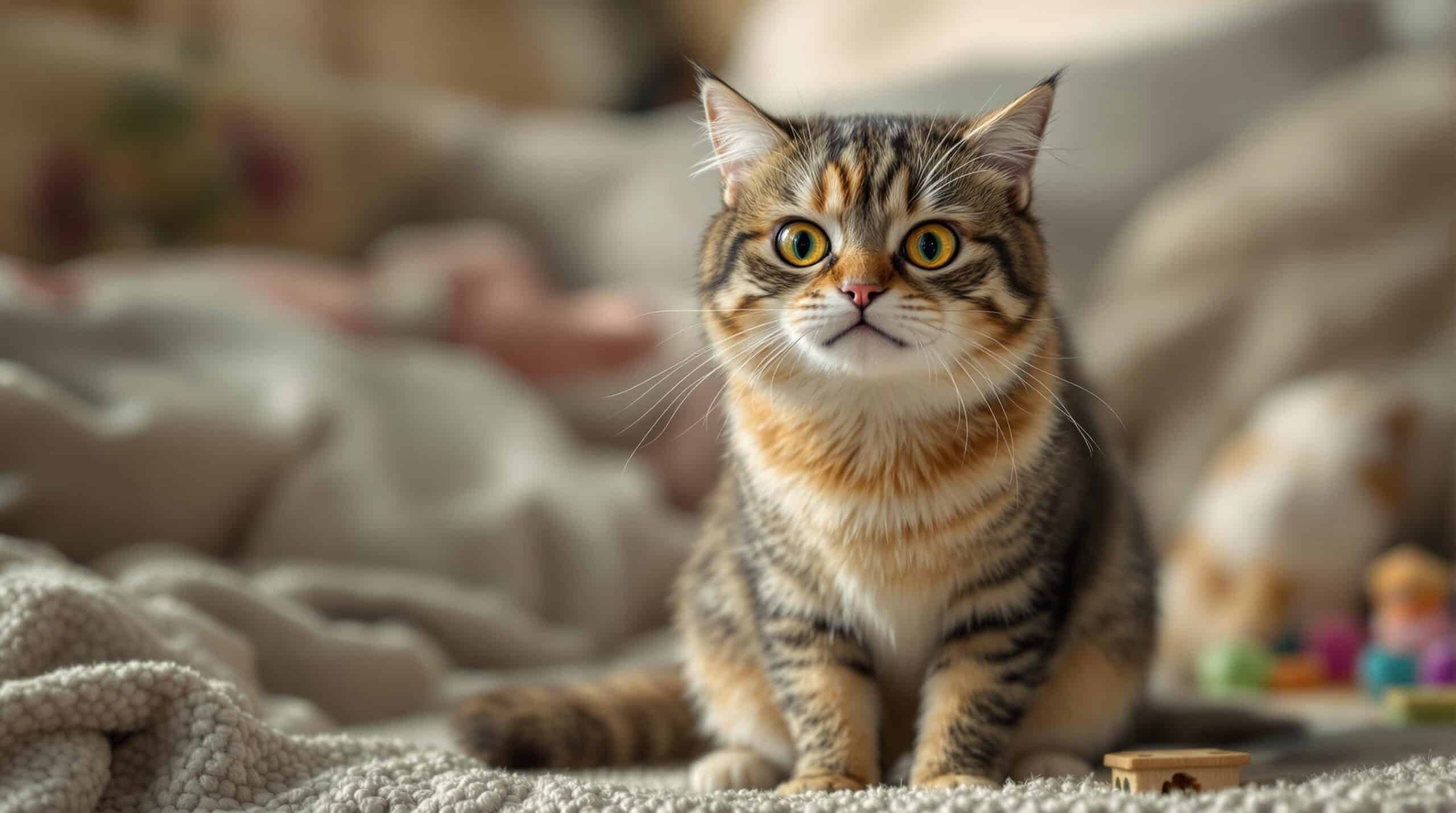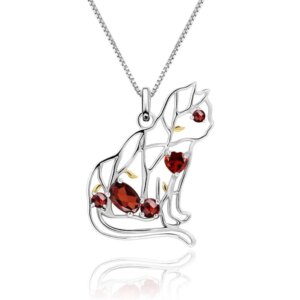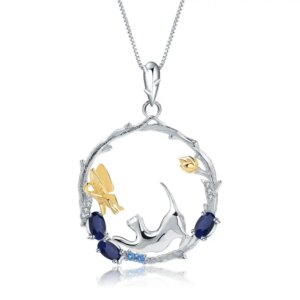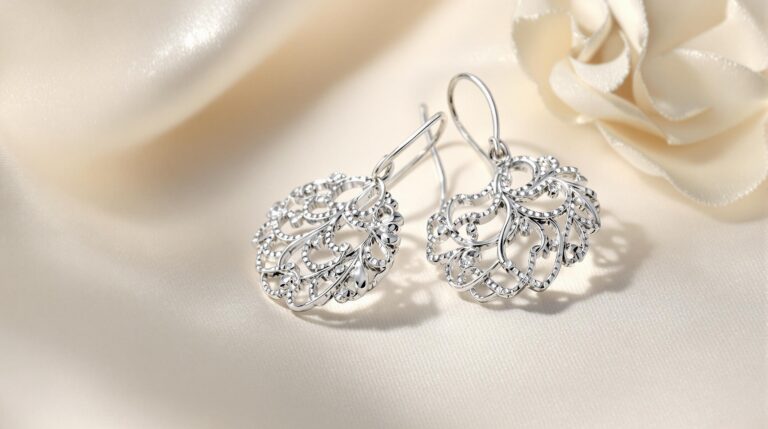Cats growling can be a concerning behavior for many cat owners. This article delves into the various reasons why cats growl, from fear and aggression to territorial behavior and pain. By understanding the underlying causes and recognizing the associated body language, you can better address and manage this behavior. Discover practical tips and insights to ensure a harmonious and happy relationship with your feline friend.
Reasons Why Cats Growl
Fear and Anxiety
We at Cat Karma Creations understand that cats growling and fear are closely linked. When a cat feels threatened or afraid, it may growl as a way to communicate its discomfort. This behavior can be triggered by various factors, such as encountering strangers, loud noises, or unfamiliar environments. Recognizing the signs of fear in your cat, such as flattened ears, a low body posture, and dilated pupils, can help you address the issue more effectively. Creating a safe and comforting space for your cat, using calming pheromones, and gradually exposing your cat to the source of fear can help reduce anxiety and prevent growling. For more tips and insights, visit our website or contact us at info@catkarmacreations.com.
Aggression and Territorial Behavior
Cats growling and aggression often go hand in hand. Aggressive behaviors, including growling, hissing, and biting, can arise from territorial disputes, resource guarding, or conflicts with other animals. In multi-cat households, cats may growl at each other to establish dominance or protect their territory. Understanding the social dynamics in your home and providing ample resources, such as food bowls, litter boxes, and hiding spots, can help reduce aggression and maintain a harmonious environment. Our cat-themed jewelry can be a perfect gift for cat lovers who appreciate the unique bond with their feline friends.
Pain and Discomfort
Cats growling and pain can indicate an underlying health issue. If your cat suddenly starts growling, especially when being touched or handled, it may be experiencing pain or discomfort. Common causes include injuries, dental problems, or chronic conditions like arthritis. Observing other signs of pain, such as changes in appetite, mobility, or behavior, and consulting a veterinarian can help identify and address the underlying issue. Regular check-ups and proactive care can prevent pain-related growling and ensure your cat’s well-being. For more information, visit our Nature Inspired collection.
Playfulness and Excitement
Cats growling and playfulness might seem contradictory, but some cats growl during play as a way to express excitement or assert control. This behavior is usually harmless and can be part of a normal play session. However, it’s important to monitor the intensity and context of the growling to ensure it doesn’t escalate into aggression. Using appropriate toys and engaging in interactive play can help channel your cat’s energy in a positive way and prevent play-related growling from becoming a concern. Our Sterling Silver cat jewelry can be a beautiful and meaningful gift for any cat lover.
Understanding Cat Body Language
Ears Back and Tail Flicking
When a cat growls and its ears are back, and its tail is flicking, it’s often a sign of fear, anxiety, or aggression. The ears being pressed flat against the head indicate that the cat feels threatened, while the tail flicking suggests agitation or irritation. Recognizing these body language cues can help you interpret your cat’s emotional state and respond appropriately. Providing a safe space, reducing stressors, and using calming techniques can help your cat feel more secure and less likely to growl. For more tips, follow us on Facebook or Instagram.
Showing Teeth and Growling
A cat growling and showing teeth is a clear sign of aggression or fear. When a cat bares its teeth and growls, it’s trying to communicate that it feels threatened and is prepared to defend itself. This behavior can be triggered by perceived threats, such as approaching strangers or other animals. Understanding the context and addressing the source of the cat’s discomfort can help reduce this behavior. Maintaining a calm and predictable environment, and using positive reinforcement techniques, can also help manage aggression and prevent growling. For more insights, visit our website or contact us at sales@catkarmacreations.com.
Arched Back and Hissing
When a cat growls and arches its back, it’s usually a defensive posture. The arched back, along with hissing and growling, indicates that the cat is feeling threatened and is trying to appear larger and more intimidating to deter potential threats. This behavior is often seen in cats that are encountering strangers, other animals, or in situations that make them feel vulnerable. Recognizing these signs and providing a safe and secure environment can help your cat feel more comfortable and less likely to growl and hiss. For more tips and insights, follow us on Pinterest or Twitter.
Common Situations That Trigger Growling
Encountering Strangers
Cats growling at strangers is a common behavior, especially in cats that are not used to frequent visitors. When a cat encounters a stranger, it may growl as a way to communicate its discomfort and establish boundaries. This behavior can be reduced by gradually introducing strangers to your cat, using positive reinforcement, and creating a safe space where the cat can retreat if it feels overwhelmed. Providing familiar toys and scents can also help your cat feel more secure and less likely to growl. For more tips, visit our website or contact us at (800) 343-1604.
During Play and Interaction
Cats growling during play and interaction can be a sign of overstimulation or play aggression. Some cats may growl when they feel their play is getting too rough or when they feel threatened by a playmate. Recognizing the signs of overstimulation, such as flattened ears and a twitching tail, can help you adjust the play session and prevent growling. Using appropriate toys and taking breaks when necessary can help keep play sessions enjoyable and safe for your cat. For more insights, follow us on Facebook or Instagram.
In Multi-Cat Households
Cats growling in multi-cat households is often related to territorial behavior and social hierarchies. Cats may growl at each other to establish dominance, protect resources, or defend their territory. Understanding the dynamics in your home and providing ample resources, such as food bowls, litter boxes, and hiding spots, can help reduce conflict and prevent growling. Gradual introductions, positive reinforcement, and maintaining a calm and predictable environment can also help manage territorial behavior and promote harmony among your cats. For more tips, visit our website or contact us at admin@catkarmacreations.com.
Managing and Addressing Growling Behavior
Identify and Address the Cause
Managing cats growling starts with identifying the underlying cause. Whether it’s fear, aggression, pain, or playfulness, understanding why your cat is growling is crucial for addressing the behavior. Observing your cat’s body language, environment, and interactions can help you pinpoint the cause. Once you’ve identified the issue, you can take steps to address it, such as reducing stressors, providing a safe space, or consulting a veterinarian. Addressing the root cause can help prevent growling and improve your cat’s overall well-being. For more insights, visit our website or contact us at info@catkarmacreations.com.
Provide a Safe and Comforting Environment
Creating a safe and comforting environment is essential for managing cats growling. Cats that feel secure and comfortable are less likely to growl out of fear or aggression. Providing a quiet, private space where your cat can retreat, using calming pheromones, and maintaining a consistent routine can help reduce stress and anxiety. Ensuring that your cat has access to its favorite toys, comfortable bedding, and familiar scents can also promote a sense of security and well-being. For more tips, follow us on Facebook or Instagram.
Seek Professional Help if Needed
If you’re concerned about your cat’s growling behavior and are unable to manage it on your own, seeking professional help can be beneficial. A veterinarian can rule out any underlying health issues, such as pain or discomfort, that may be contributing to the growling. A professional animal behaviorist can also provide guidance and support, offering strategies to address and manage the behavior effectively. Professional help can provide you with the tools and resources you need to create a happy and harmonious home for your cat. For more insights, visit our website or contact us at (800) 343-1604.
Popular Quote
“Cats are a mysterious kind of folk. There is more passing in their minds than we are aware of.” – Ernest Hemingway
Statistical Fact
According to the American Veterinary Medical Association, approximately 30% of cats exhibit some form of aggression, including growling, hissing, and biting. This statistic highlights the importance of understanding and addressing the underlying causes of these behaviors to ensure a harmonious relationship with your feline companion. (Source: AVMA)
Three Tips to Manage Cats Growling
- Create a Safe Space: Ensure your cat has a quiet, private area where it can retreat when feeling anxious or threatened. This can help reduce growling and promote a sense of security.
- Use Positive Reinforcement: Reward your cat with treats, praise, and playtime when it displays calm and positive behavior. This can help reinforce good behavior and reduce growling.
- Consult a Professional: If your cat’s growling behavior persists, consider consulting a veterinarian or a professional animal behaviorist for additional support and guidance.
Popular Questions About Cats Growling
- Why is my cat growling at me? Your cat may be growling at you due to fear, aggression, or discomfort. Observing your cat’s body language and environment can help you identify the cause and address it appropriately.
- How can I stop my cat from growling? To stop your cat from growling, identify and address the underlying cause, such as fear, aggression, or pain. Providing a safe space, using positive reinforcement, and consulting a professional can also help manage the behavior.
- Is it normal for cats to growl during play? While some cats may growl during play as a way to express excitement or assert control, it’s important to monitor the intensity and context of the growling to ensure it doesn’t escalate into aggression. Using appropriate toys and taking breaks can help keep play sessions enjoyable and safe.
- What should I do if my cat is growling at other cats? If your cat is growling at other cats, it may be due to territorial behavior or social hierarchies. Providing ample resources, such as food bowls and litter boxes, and maintaining a calm and predictable environment can help reduce conflict and prevent growling.
- When should I be concerned about my cat’s growling? You should be concerned if your cat’s growling is frequent, intense, or accompanied by other signs of distress, such as changes in appetite or behavior. Consulting a veterinarian or a professional animal behaviorist can help identify and address the underlying issues.
Final Thoughts About Cats Growling
Understanding why cats growl is crucial for maintaining a healthy and happy relationship with your feline companion. By recognizing the signs and addressing the underlying causes, you can create a safe and comforting environment for your cat. If you’re concerned about your cat’s growling behavior, consider consulting a veterinarian or a professional animal behaviorist for additional support. Visit our website to find excellent gifts for cat lovers and follow us on social media for more tips and insights.
| Feature | Cat Growling | Cat Hissing | Cat Purring |
|---|---|---|---|
| Behavior | Low, rumbling sound | Sharp, hissing sound | Soft, vibrating sound |
| Reasons | Fear, aggression, territorial behavior, pain | Fear, aggression, territorial behavior | Contentment, relaxation, comfort |
| Body Language | Ears back, tail flicking, showing teeth | Ears back, tail flicking, arched back | Relaxed posture, closed eyes, relaxed tail |
| Common Situations | Encountering strangers, during play, in multi-cat households | Encountering threats, during conflicts | While being petted, during relaxation |
| Owner Response | Identify and address the cause, provide a safe space | Identify and remove the threat, provide a safe space | Continue gentle petting, provide a comfortable environment |
- Understand the different reasons why cats growl, such as fear, aggression, and territorial behavior.
- Learn to recognize the body language associated with growling, including ear position, tail movements, and other signs.
- Identify common situations that might trigger growling, such as encountering strangers or during play.
- Explore the connection between growling and other behaviors, like hissing and biting, and how to manage these issues.
- Discover how to create a safe and comforting environment for cats that growl, especially if they are anxious or fearful.
- Understand the importance of addressing the underlying causes of growling, such as pain or stress, to ensure your cat’s well-being.
















